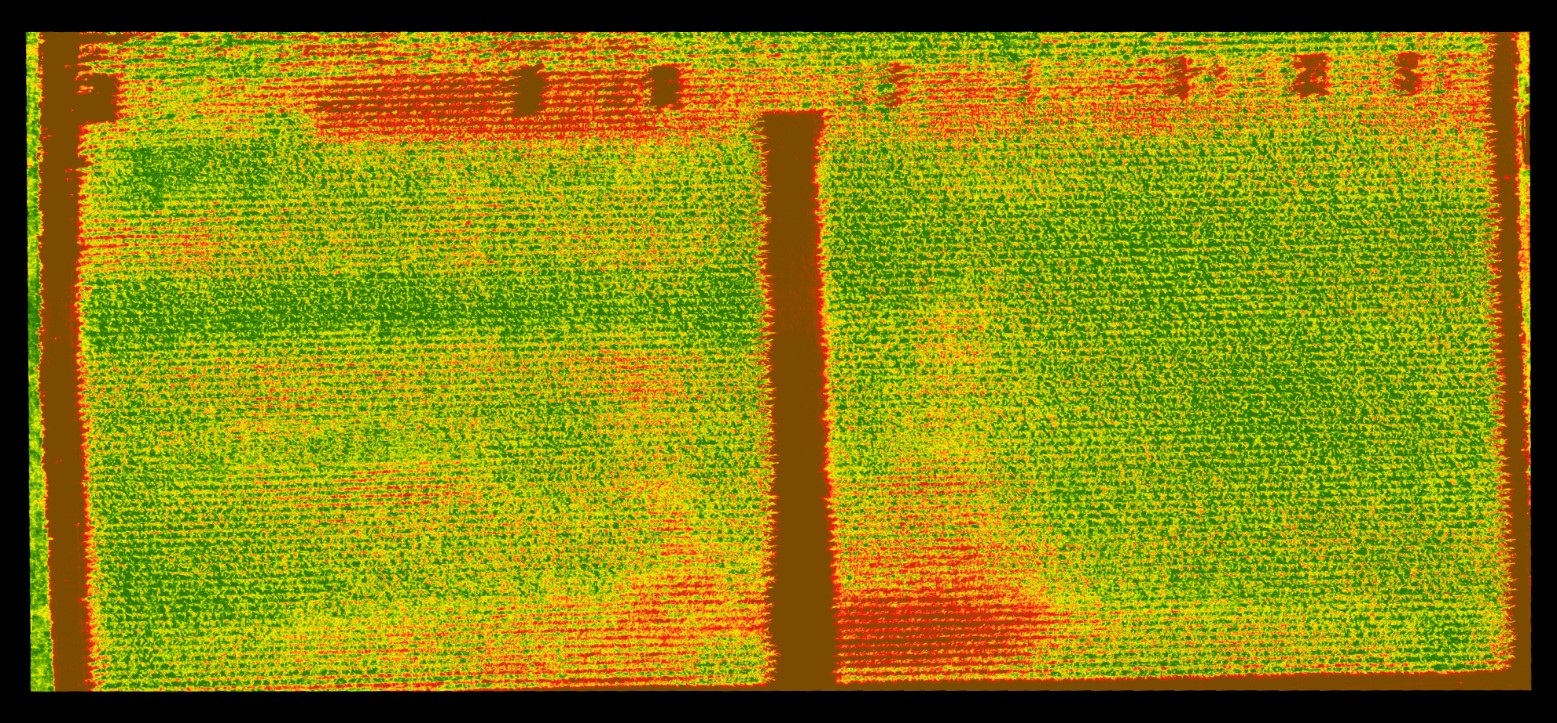Differentiating nitrogen treatments with spectral reflectance
Drone-supported spectral reflectance measurements offer a potential tool for corn nitrogen management in the future.

Measurements of spectral reflectance from a corn canopy could be a potential tool in managing nitrogen if the current equipment and expertise can be further improved and fine-tuned. With drones and camera technologies constantly evolving, field research has focused on resolving some of the challenges in achieving this potential. One such challenge is the early-season reflectance from bare soil and shaded areas that would compromise the actual reflectance data from leaf canopy. Early-season data is important if nitrogen remedial measures are to be applied during the growing season.
In 2018, corn research plots were established at the Mason Technology Center in Mason, Michigan, with four nitrogen rates (0, 60, 120 and 180 pounds per acre). Reflectance data are being collected from replicated plots at V7 and V12 corresponding to wavelengths ranging from blue to near infrared (450 – 880 nm). Several sensor/camera types and mapping software are being tested for their ease of use and accuracy. Orthomosaic maps of several vegetation indices will be generated. These maps will be further analyzed utilizing a state-of-the-art software program that will extract empirical data for statistical analysis.

Using this data we plan to calculate nitrogen sufficiency indices for each nitrogen treatment and correlate them to grain yield. The ultimate goal would be to establish an improved algorithm for nitrogen management of corn based on canopy reflectance.
Special thanks to Kevin Price, Ag Pixel, LLC., Ray David, Remote Sensing Technologies, LLC., and Steven Gower and Tim Dietz, Asgrow/Dekalb scientists, for their collaboration.



 Print
Print Email
Email